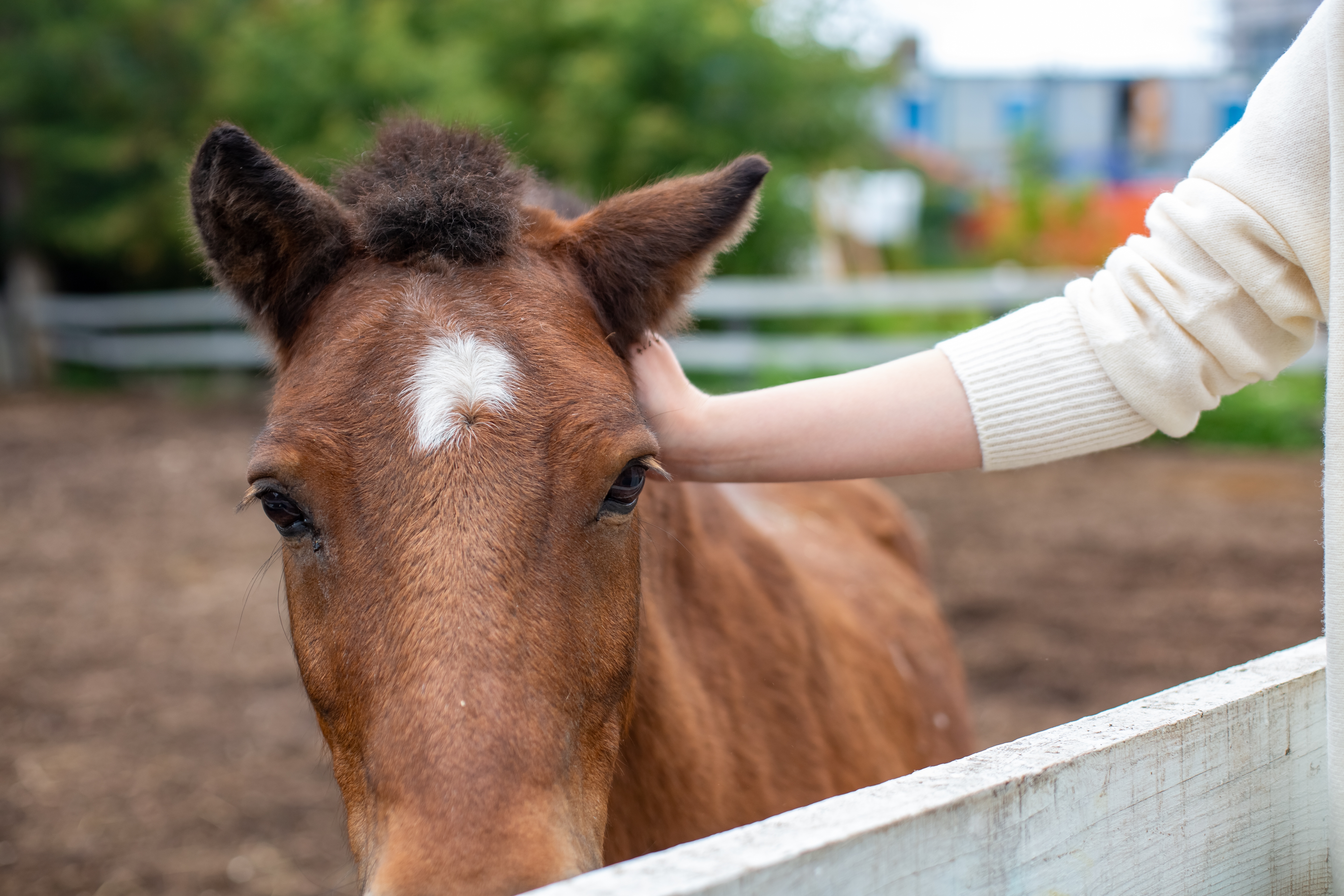10 Fascinating Facts About Horses’ Communication
Horses have been companions to humans for thousands of years, yet their language remains a mystery to many. These majestic creatures communicate primarily through non-verbal cues, utilizing a complex system of body language, vocalizations, and subtle gestures. Unlike humans, horses rely heavily on their acute senses to interpret their surroundings and convey messages. Understanding this silent language is crucial for building a harmonious relationship with them. From the flick of an ear to the rhythm of a neigh, let's delve into the unique aspects of equine communication to appreciate the depth and nuance of these remarkable animals.
1. The Power of Body Language

Horses are masters of body language, using every part of their body to express themselves. Their ears, eyes, nostrils, tail, and even the positioning of their hooves convey specific messages. For instance, a horse with pricked ears and wide eyes is likely alert and curious, while pinned ears and a swishing tail may indicate irritation or aggression. Understanding these signals is essential for anyone interacting with horses, as misinterpreting them can lead to misunderstandings or even dangerous situations. Horses also use body language to establish social hierarchies within their herds, with dominant individuals often displaying assertive postures to maintain order. By observing these cues, humans can gain valuable insights into a horse's mood and intentions, fostering better communication and trust.